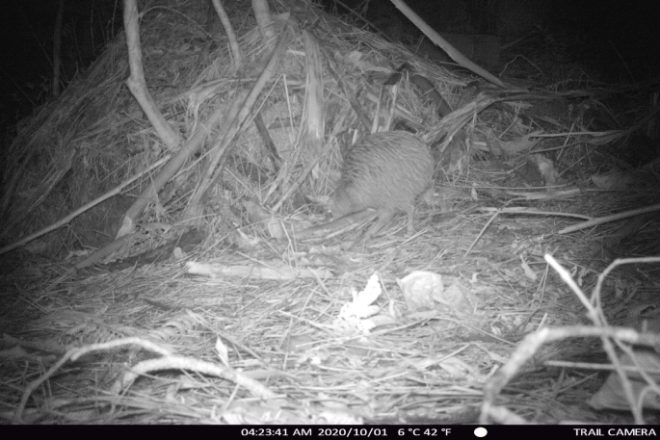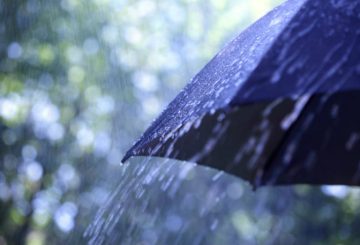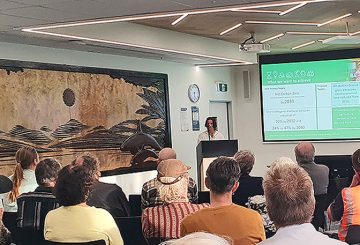자연보호부 (DOC) 와 지역 사회의 지속적인 포식자 통제 노력 덕분에 동부 코로만델의 갈색키위 조류 개체수가 급증하고 있다.타이루아와 핫워터 비치 사이의 지역에서 실시한 조사에 따르면 2015년부터 2020년까지 키위 개체수가 10% 증가한 것으로 나타났습니다.최근 Whenuakite에서 생분해성 1080 미끼 알갱이가 사용되면서 이러한 성장은 계속될 것으로 예상되며, 이로 인해 스토우에 대한 보호 효과가 더욱 높아질 것으로 예상됩니다.
훼누아키테 키위 케어 그룹의 대변인인 재니스 힌즈 (Janice Hinds) 는 복합 포식자 방제 전략이 성공했다고 평가한다.현지 토지 소유주들은 3,500헥타르에 달하는 육상 포식자 방제에 기여하고 있습니다.또한 DOC와 와이카토 지역 협의회는 주머니쥐, 쥐, 겨자류 방제를 위해 3~4년마다 1080마리의 미끼를 사용합니다.
취약종인 갈색 키위는 공중 포식자 통제 프로그램의 주요 초점입니다.지속적인 포식자 통제 없이는 키위 병아리의 최대 95% 가 포식자에 의해 죽임을 당할 수 있습니다.현재 시스템에서는 약 60% 의 병아리가 성인이 됩니다.최근 모니터링 결과, 훼누아키테에서 1080 공중 작전을 수행한 결과 설치류 개체 수가 감지할 수 없을 정도로 감소했으며 스토우트 개체수가 90~ 100% 까지 조절된 것으로 나타났습니다.
지역 사회의 지원은 이러한 성공에 매우 중요했으며, 뒷마당에서 키위를 본 후 참여하기를 원하는 토지 소유주들이 점점 더 많아지고 있습니다.훼누아키테 키위 케어 그룹은 키위와 주변 산림 생태계를 장기적으로 보호하기 위해 최선을 다하고 있습니다.이들은 재정 지원을 아끼지 않은 세이브 더 키위와 와이카토 지역 협의회에 감사를 표한다.





























































